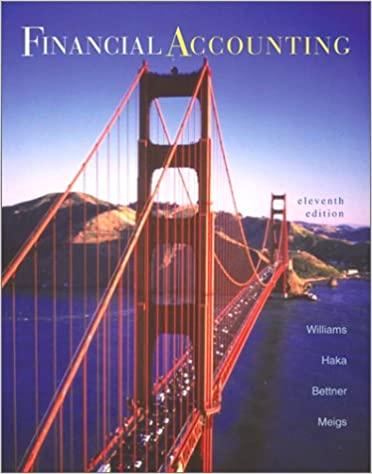Original Source Material Student Version (written in 2002) The technological tools available today for creating computer-based learning materials are incredibly more powerful than those introduced just a few years ago. We can make our own movies with camcorders in our homes; we can publish our own books. Soon teachers and students will be able to use computer-video technology to produce their own learning materials. All it takes is time, know-how, and some funds. Frick (1991) claimed that computers would become so powerful that K-12 educators and students would be able to produce their own multimedia and Web- based learning materials. He predicted that teachers and students would soon be able to use computer-video technology to produce their own learning materials. All it would require is time, know-how, and some funds. References: Frick, T. (1991). Restructuring education through technology. Bloomington, IN: Phi Delta Kappa Educational Foundation. References: Frick, T. (1991). Restructuring education through technology. Bloomington, IN: Phi Delta Kappa Educational Foundation. Which of the following is true for the Student Version above? Word-for-Word plagiarism O Paraphrasing plagiarism This is not plagiarism Original Source Material Student Version Suppose you study a group of successful companies and you find that they emphasize customer focus, or quality improvement, or empowerment; how do you know that you haven't merely discovered the management practice equivalent of having buildings? How do you know that you've discovered something that distinguishes the successful companies from other companies? You don't know. You can't know--not unless you have a control set, a comparison group. One has to ask oneself how you know that you've discovered something that distinguishes the successful companies from other companies? Otherwise, you can fall into a trap that is the same as identifying "the management practice equivalent of having buildings" (Collins & Porras, 2002, p. 14). References: Collins, J. C., & Porras, J. I. (2002). Built to last: Successful habits of visionary companies. New York, NY: Harper Paperbacks. References: Collins, J. C., & Porras, J. 1. (2002). Built to last: Successful habits of visionary companies. New York, NY: Harper Paperbacks. Which of the following is true for the Student Version above? O Word-for-Word plagiarism Paraphrasing plagiarism This is not plagiarism








